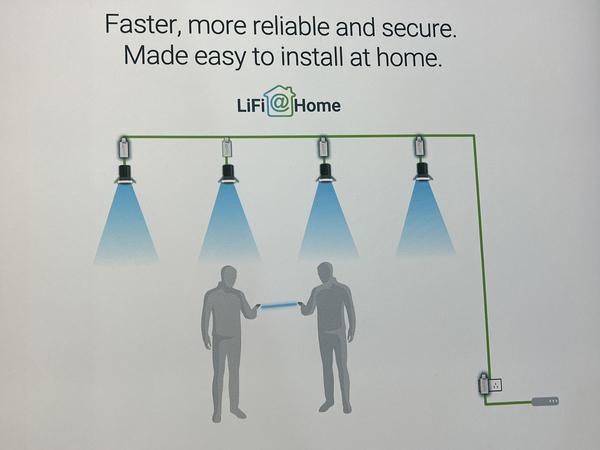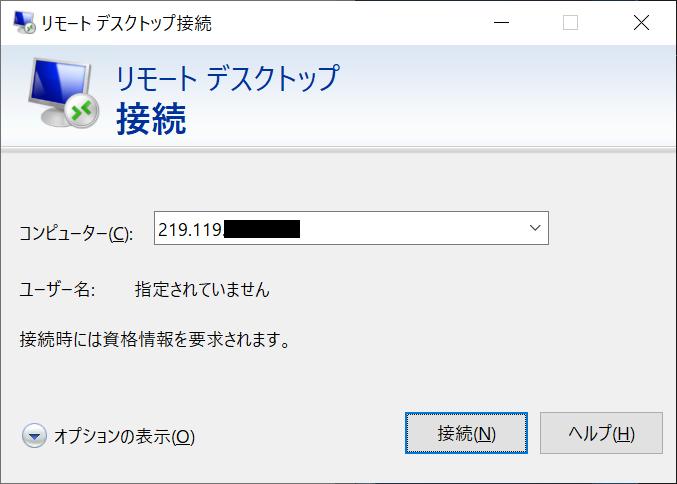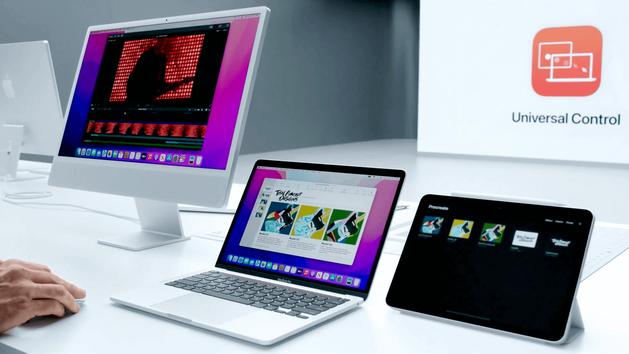Li-Fi is being put into practical use as a "third communication method" that is neither Wi-Fi nor 4G or 5G. Li-Fi, which communicates by turning on and off light at invisible speed, can be installed in places where Wi-Fi cannot be installed, for example. Since light is used, there is also the advantage that the access point can be installed together with the ceiling light ceiling.
At CES 2022 held in Las Vegas in January, French company Oledcomm exhibited the Li-Fi compatible tablet "LiFiMAXTab", and commercialization is imminent (no Wi-Fi required, light The tablet "LiFiMAXTab" that can communicate with is amazing!).
On the other hand, at MWC Barcelona 2022 held in Barcelona at the end of February, pureLiFi announced "LiFi@Home" to improve the network experience in the home. This time, we asked Ms. Ayano Tominaga (@ayanotdo), who is reporting locally, to cover the booth (the following photos are taken by him).
pureLiFi exhibited at MWC 2022
pureLiFi has already announced a product that has a built-in Li-Fi antenna (receiver) in a case attached to a smartphone. LiFi@Home announced this time is an ecosystem that uses access points attached to the ceiling, etc., to connect indoor smart TVs and smartphones with cases without Wi-Fi.
Image of LiFi@Home
Light-type Li-Fi access point attached to the ceiling
According to pureLiFi, the company's Li-Fi communication speed is from 300Mpbs to 1Gbps for general products. Unfortunately, speed tests were not conducted at the MWC Barcelona 2022 venue, partly because the network beyond the access point installed in the company's booth was unstable.
Access point that can be attached to an outlet
Smartphones for Motorola terminals were on display. Li-Fi antennas are built in two places, one on the side of the front camera and the other on the top of the main unit, and communication is performed by receiving light from the ceiling etc.
Motorola smartphone with Li-Fi case
The battery is built into the back of the case. At the moment, smartphones do not have a built-in Li-Fi module, so a separate power supply is required. Communication between smartphones with cases is also possible, and not only data transfer but also screen display sharing is possible. It is said that there is less delay than Wi-Fi, so it seems that the display on the other party's terminal when sharing the screen also has less time lag.

Battery is built into the back of the case
It may be convenient to use a Li-Fi antenna attached to a smart TV. Since the TV is not meant to be moved indoors, it will easily receive optical communication from the access point from the ceiling. At the pureLIFI booth, there was also a demonstration of local communication between a smart TV and a smart phone with a case attached.
An example of attaching a Li-Fi antenna to a Samsung smart TV
By the way, the application where Li-Fi is most active may be the Metaverse. If you move while using a VR or AR headset indoors, the Wi-Fi signal may be blocked by bookshelves and the speed may drop. In addition, there may be cases where Wi-Fi cannot be installed in hospitals. Currently, when Wi-Fi is not available, it is necessary to connect a wired LAN cable to the headset, but that makes it difficult to move.
With Li-Fi, communication is possible if the headset receives light from the ceiling. Because it is difficult to be blocked by obstacles, a stable communication environment can be used anywhere in the room. And it can be used in places where Wi-Fi cannot be installed.
Li-Fi is likely to be a useful use for AR/VR headsets
PureLIFI is currently considering installing a Li-Fi module in a smartphone with a manufacturer, but since it will be necessary to further miniaturize the module, it is thought that the case-type product will be compatible with smartphones for the time being. increase. Since the target of the LiFi@Home announced this time is general households, first of all, it will be sold as a "Li-Fi communication kit" at home appliance mass retailers in the near future as an alternative to indoor Wi-Fi. I am looking forward to the day when it will be commercialized.
Li-Fi antenna. It will also need to be made smaller to be built into a smartphone.
Dr. Yamane's official website
If you call yourself a smartphone lover, you should definitely read Dr. Yamane's new series, which is now being published on the ASCII Club!
Dr. Yamane, who has been covering the mobile phone industry for many years, explains his rise and fall. If ASCII's series ``Dr. New serialization to know!
"Apple was also trial and error at first", "Why did Nokia step down as the king of mobiles?" Let's look back on the history of the industry, which is absolutely necessary when talking about "smartphones", with Dr. Yamane!
→Read ASCII Club "Rise and Fall of Smartphone Makers - Dr. Yamane's Encyclopedia of Mobile Phones"
★ASCII Club is a membership service provided by ASCII. If you register as a paid member, you will be able to read serial articles and special projects limited to members, view archives of past video projects, and receive members-only e-mail magazines that post the voices of editorial staff. In addition, we are developing a service that allows you to read the e-magazine "Weekly ASCII" as much as you want on your browser, including back numbers.

![Lenovo's 8.8 inch one-handed tab "Legion Y700" full specs released! [Is the price in the 40,000 yen range?]](https://website-google-hk.oss-cn-hongkong.aliyuncs.com/drawing/article_results_9/2022/3/9/207e1be231154e91f34c85b4b1d2126c_0.jpeg)
![EVsmart blog Toyota's electric car "bZ4X" that makes you feel comfortable with electric cars and quick chargers / No% display of battery level [Editorial department] Popular articles Recent posts Category](https://website-google-hk.oss-cn-hongkong.aliyuncs.com/drawing/article_results_9/2022/3/9/752542064665dc2bd7addbc87a655694_0.jpeg)

